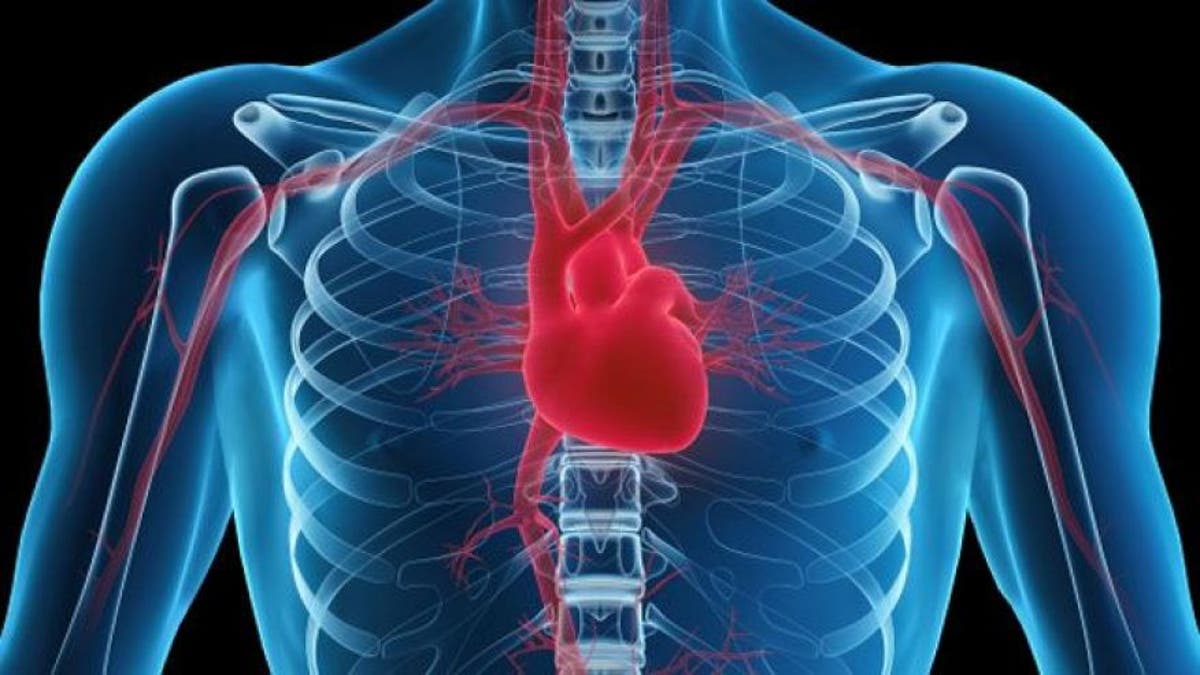
Fewer heart patients are getting inappropriate angioplasties, a new study suggests.
The analysis showed overuse of the common procedure to open clogged heart arteries has declined dramatically since 2009 guidelines, which were aimed at curbing inappropriate use.
The study examined nearly 3 million angioplasties done nationwide. In these procedures, doctors guide a narrow tube into an artery, inflate a tiny balloon to flatten blockages, and often insert a stent to keep arteries propped open.
Major medical groups looked into overuse concerns after studies suggested that many nonemergency angioplasties were unnecessary. The groups' guidelines say angioplasties may not be needed for patients without severe chest pain or lacking other high-risk symptoms. The advice says risks of the procedure may outweigh benefits in these patients, who often can be managed with medication alone.
According to the new analysis, the portion of nonemergency angioplasties deemed unnecessary dropped by 50 percent, from more 26 percent early in the study to 13 percent.
The results suggest doctors may be doing a better job of limiting nonemergency angioplasties to those patients most likely to benefit, said the study authors, led by Dr. Nihar Desai, a researcher at the Center for Outcomes Research and Evaluation at Yale-New Haven Hospital.
"This is the first study to assess the national impact of a societal effort to quantify the appropriateness of a procedure," Desai said in presenting the study Monday at an American Heart Association meeting in Orlando. The research was simultaneously published online in the Journal of the American Medical Association.
But the researchers also said it's possible doctors have changed the way they document procedures. They noted that there were increases in the portion of nonemergency angioplasty patients reported to have severe symptoms but with little change in diseased heart arteries. That suggests the possibility of "intentional up-coding," meaning that doctors might have overstated some patients' conditions to justify the procedures.
"We cannot determine whether the observed changes truly reflect improved patient selection or overestimation of patient symptoms," the researchers said.
They used criteria developed by the American College of Cardiology, the American Heart Association and other medical groups to evaluate angioplasties done at more than 700 hospitals in a national registry. The registry includes detailed information on patients' symptoms, heart tests and hospital treatments.
Angioplasties can cost $30,000 or more and hundreds of thousands are done nationwide each year.
The decline occurred amid a push to reduce costly, unnecessary medical procedures, and a rise in pay-for-performance initiatives. Some health insurers have declined to pay for angioplasties deemed inappropriate.
Three-fourths of the angioplasties studied were emergency cases, and the number of those cases performed yearly remained stable. By contrast, nonemergency cases dropped from almost 90,000 in 2010 to about 60,000 in 2014, and these patients were increasingly sicker.
The researchers found declines in angioplasties performed in nonemergency patients with few or no symptoms; among those taking little or no heart medication; and among those not at high risk for a heart attack, based on test results.
While some signs suggest up-coding could be happening, others "suggest true quality improvement," said Dr. Raymond Gibbons, a former American Heart Association president from the Mayo Clinic.




















